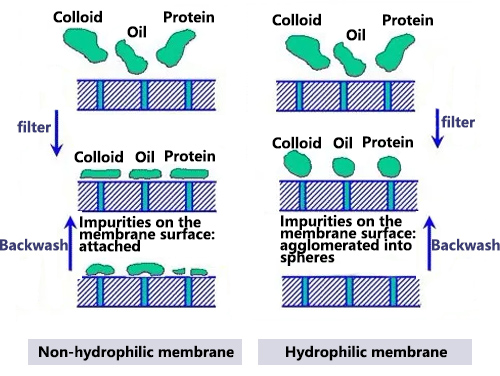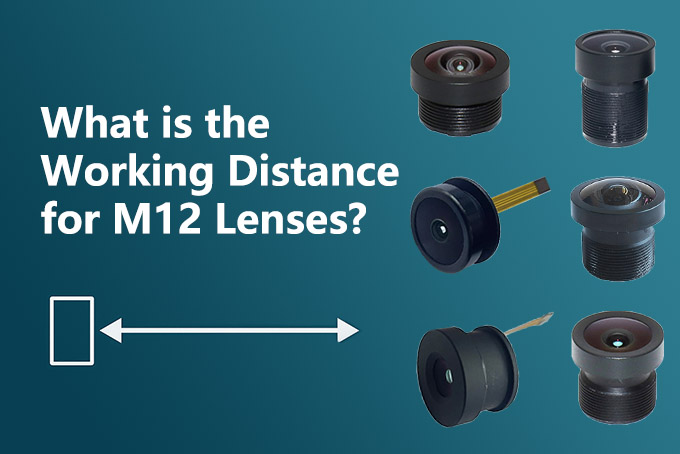What Is the Purpose of Optical Lens Coating?
Apr 29, 2025
When we think about the performance of an optical lens, clarity, precision, and reliability immediately come to mind. However, what many people don't realize is that a large part of a lens's performance depends on something they can barely see: the optical coating. Whether you're working with an automotive camera lens, a surveillance lens, or a wide-angle lens, the coating plays a critical role in ensuring the final image meets the highest standards.
At its core, optical lens coating is designed to enhance light transmission and reduce unwanted reflections. Without coatings, lenses would lose significant amounts of light due to surface reflections—up to 8% per glass-air interface. In high-end imaging applications, such as car dvr lens or passenger monitoring systems, even a small loss of light or increase in glare can result in poor image quality. Anti-reflective (AR) coatings minimize these issues, allowing lenses to deliver sharp, high-contrast images even under challenging lighting conditions.
Lens coating is mainly applied to the processing surfaces of automotive lenses and filters. Its principle is to use vacuum deposition technology to lay a very thin and transparent film on the lens. The main function is to increase the light penetration.The benefits of lens coating are to improve transmittance and control glare. Usually, lenses coated with a single layer of film appear blue or red, while those coated with multiple layers are greenish or dark purple. Generally, optical lens manufacturers take into account the durability of the coating. The outermost layer of the coating has the properties of anti-scratch and anti-oil stains.
Different applications require tailored coating solutions. For example, in the case of a surveillance lens used for 24/7 security monitoring, durability is essential. Coatings must not only enhance performance but also withstand environmental challenges like humidity, dust, and extreme temperatures. Meanwhile, for a fisheye lens designed for 360-degree imaging, coatings are carefully engineered to maintain consistent optical performance across a wide field of view, preventing color shifts or image degradation at the edges.
Advanced optical coatings also serve specialized functions beyond simple anti-reflection. Hydrophobic coatings can make lenses water-resistant, an essential feature for outdoor automotive systems and car dvr. Infrared (IR) cut coatings are critical for sensors that need to block invisible infrared light to maintain accurate color reproduction, especially important in smart home devices and ADAS (Advanced Driver Assistance Systems).
Choosing the right optical lens coating is not just a technical decision; it is a strategic one that can directly impact the success of a device in the field. As optical lens manufacturer, we focus on optimizing coatings for each lens type to ensure that whether it’s a compact surveillance lens, a rugged automotive camera lens, or an expansive wide-angle lens, the product delivers exceptional performance in real-world conditions.

